The rumor mill is spinning faster than ever, and if you're wondering whether Apple accidentally spilled the beans on next year's iPhone lineup, let's just say the evidence is pretty compelling. Between supply chain whispers, analyst reports, and some suspiciously specific "leaks," we're getting our clearest picture yet of what could be Apple's most dramatic iPhone redesign since the iPhone X.
Here's what has me particularly excited: The Information reports that Apple's planning an entirely new iPhone 17 model internally code-named D23 — and the company is describing it as a "major redesign" equivalent to the iPhone X launch. That's not language Apple throws around lightly.
Having covered Apple's leak cycles for years, I can tell you this feels different. The iPhone X comparison is particularly telling — that 2017 launch fundamentally changed how we think about smartphone design. According to multiple sources, this ultra-thin device will be "significantly thinner" than current models, potentially replacing the Plus lineup entirely.
The timing feels right for Apple to shake things up. After years of iterative improvements, the iPhone 17 series appears positioned to deliver the kind of wow factor that gets people upgrading again.
The iPhone 17 "Air" could be Apple's thinnest device ever
Let's talk about the star of the show: what everyone's calling the iPhone 17 Slim (though Apple will probably go with something catchier — iPhone 17 Air, anyone?). Ming-Chi Kuo believes this device will measure just 5.5mm at its thinnest point, making it even thinner than the legendary iPhone 6 at 6.9mm. To put that in perspective, that's 33% thinner than the current iPhone 16 Pro models.
The Information's sources suggest the device will feature an aluminum chassis rather than titanium, which makes sense from both a weight and manufacturing perspective. But here's where it gets interesting: display analysts are split on the exact screen size, with estimates ranging from 6.55 inches to 6.6 inches — smaller than the current 6.7-inch Plus model it's replacing.
The engineering challenges behind this ultra-thin design are staggering. According to recent reports, creating such a svelte profile requires fundamental compromises in internal architecture. The device is expected to have a single 48-megapixel rear camera, just one speaker in the earpiece, and will likely be eSIM-only worldwide — the physical SIM tray simply won't fit. Even the USB-C port might be off-center to accommodate the complex internal layout needed for that impossibly slim design.
From a user experience standpoint, this raises fascinating questions about battery life and durability. Apple will likely need to develop entirely new battery technology or sacrifice capacity for thinness — a trade-off that could make or break the device's appeal.
PRO TIP: If you're eyeing the iPhone 17 Air, prepare for a premium price tag. The Information suggests it could cost more than the current Pro Max model, which starts at $1,199.
Camera redesign: goodbye square bump, hello horizontal bar
The camera situation is where things get really interesting. Multiple sources indicate that Apple is planning to move cameras from their traditional top-left corner position to the "top center" of the device. But it gets better: the iPhone 17 Pro models are rumored to ditch the familiar square camera bump entirely in favor of a horizontal aluminum bar that spans the full width of the device.
This isn't just a cosmetic change — it's a complete rethinking of iPhone photography driven by real limitations in the current design. The square bump has constrained camera sensor sizes and thermal management for years, forcing Apple to stack components in ways that compromise both performance and aesthetics. A horizontal bar design opens up entirely new possibilities for larger sensors, better heat dissipation, and more natural hand positioning during photography.
The iPhone 17 Pro models are expected to feature entirely 48-megapixel rear cameras for the first time. That includes an upgraded 48-megapixel Tetraprism telephoto lens for the Pro Max, jumping from the current 12-megapixel sensor to what Ming-Chi Kuo describes as a 1/2.6" sensor.
Even the front-facing camera is getting a major upgrade. Apple analyst reports suggest all iPhone 17 models will feature a 24-megapixel front camera with a six-element lens — double the current 12-megapixel resolution. And here's something that'll make Vision Pro owners happy: the upgraded telephoto system will be optimized for spatial video recording.
Display upgrades: ProMotion for everyone and a smaller Dynamic Island
This is where Apple's democratization strategy gets exciting. According to The Elec, all iPhone 17 models will finally feature ProMotion displays with 120Hz refresh rates. That's right — no more artificial segmentation between Pro and non-Pro models when it comes to smooth scrolling.
The reason ProMotion has been artificially limited to Pro models isn't technical — it's strategic. Apple has used display refresh rates as a key differentiator to drive Pro model sales, even though the underlying OLED technology could support 120Hz across the entire lineup. The decision to finally democratize ProMotion suggests Apple is confident in other premium features justifying the Pro price tier.
The display improvements don't stop there. Apple is reportedly developing a new "super-hard anti-reflective layer" that's more scratch-resistant than the current Ceramic Shield coating. Think of it as Ceramic Shield 2.0, potentially solving one of the biggest durability complaints about current iPhones.
The Dynamic Island is also getting smaller, thanks to Apple's adoption of what sources describe as a "metalens" for the Face ID system. This isn't just about freeing up screen real estate — a smaller Dynamic Island could significantly improve the user experience during video playback and full-screen apps, where the current implementation can feel intrusive.
What you need to know: The iPhone 17 generation will likely mark the end of the artificial display refresh rate divide between Pro and non-Pro models — a change that's been years in the making.
Performance and specs: A19 chips and more RAM for AI
Under the hood, the iPhone 17 lineup is shaping up to be a computational powerhouse. The Information confirms that Apple's A19 chip will power the new devices, built on what's expected to be an upgraded 3-nanometer process for better efficiency and performance.
The RAM situation is particularly interesting. Reports suggest the iPhone 17 Slim will feature 8GB of RAM (up from 6GB in the current Plus model), while some sources hint at up to 12GB for the highest-end models. That's a significant jump from the current 8GB maximum and makes perfect sense given Apple's increased focus on on-device AI processing.
The cellular connectivity story is equally compelling. One particularly intriguing detail: Apple is reportedly switching to its own in-house cellular modem instead of Qualcomm's offerings. This transition has been years in the making, with Apple acquiring Intel's modem division in 2019 specifically for this purpose. The move could mean better battery life and tighter integration with iOS features, though it might also limit the device to eSIM-only operation globally.
Materials shake-up: aluminum returns to Pro models
Here's a plot twist nobody saw coming: according to analyst Jeff Pu, Apple might be moving the iPhone 17 Pro and Pro Max back to aluminum frames after two years of titanium. This would be a significant reversal of Apple's premium materials strategy, especially since aluminum is both weaker and more prone to scratching than titanium.
The reasoning becomes clearer when you consider the manufacturing complexity of the new horizontal camera bar design. Aluminum is easier to machine into the complex shapes required for the full-width camera module, and it allows for better color matching between the frame and camera bar. Titanium's superior strength characteristics may be less critical when the structural integrity comes from the overall design rather than material properties alone.
Reports suggest this could be part of a unified design approach across the entire iPhone 17 lineup. Interestingly, the ultra-premium iPhone 17 Air might be the only model to retain titanium construction, further emphasizing its position as the flagship device.
From an engineering perspective, this materials shift might actually enable better thermal management and wireless charging efficiency — two areas where aluminum has advantages over titanium despite its lower strength-to-weight ratio.
What this means for your upgrade plans
Looking at everything we know so far, the iPhone 17 series represents Apple's most significant iPhone redesign in years. The ultra-thin iPhone 17 Air alone could redefine what we expect from smartphone form factors, while the camera system overhaul addresses one of the most frequently requested changes from users.
Having tracked Apple's product cycles for years, I can say the consistency of these leaks across multiple sources suggests Apple's plans are well underway. The expected September 2025 launch is still months away, but if you're on the fence about upgrading to the iPhone 16 series, these iPhone 17 rumors might just convince you to wait a little longer.
The pricing strategy will be particularly interesting to watch. With the iPhone 17 Air potentially costing more than the current Pro Max, Apple seems to be testing whether consumers will pay premium prices for design innovation rather than just technical specifications. This echoes the original iPhone X strategy, where revolutionary design commanded a significant price premium.
Looking at Apple's historical redesign cycles, major form factor changes typically occur every 3-4 years. The iPhone X launched in 2017, the iPhone 12 brought significant design changes in 2020, and now the iPhone 17 appears positioned to continue that pattern in 2025.
Bottom line: Whether these are intentional leaks or genuine supply chain intelligence, the iPhone 17 series is shaping up to be the most compelling iPhone upgrade in years. The question isn't whether Apple will deliver something special — it's whether they can manufacture these ultra-thin devices at scale without compromising reliability.







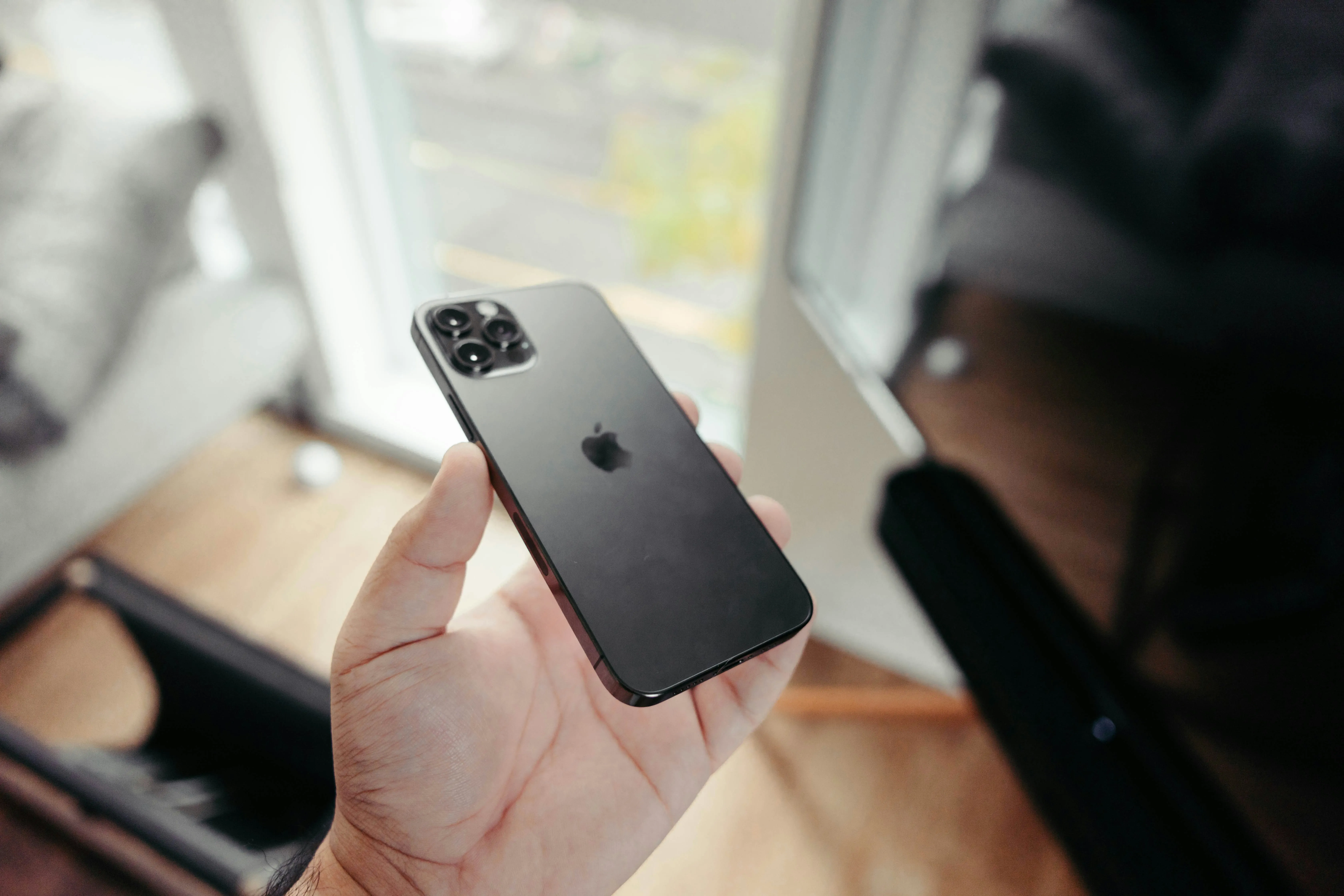
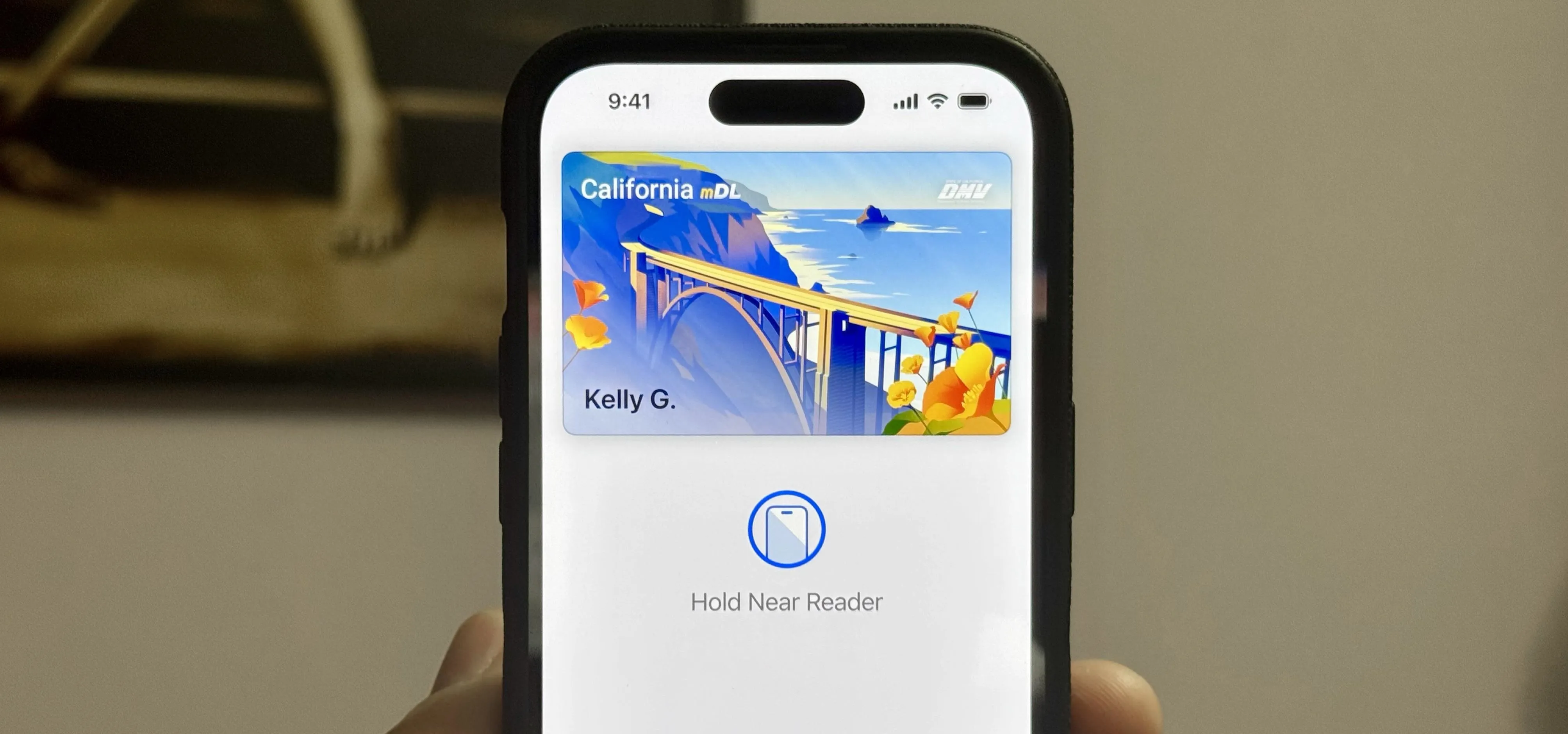
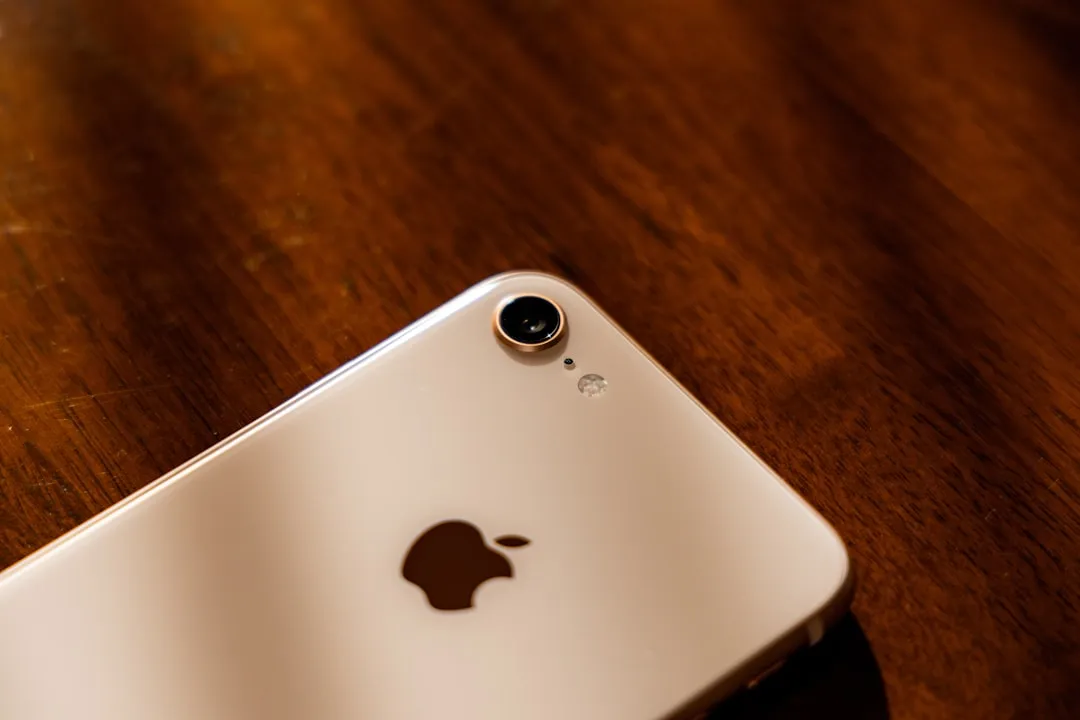
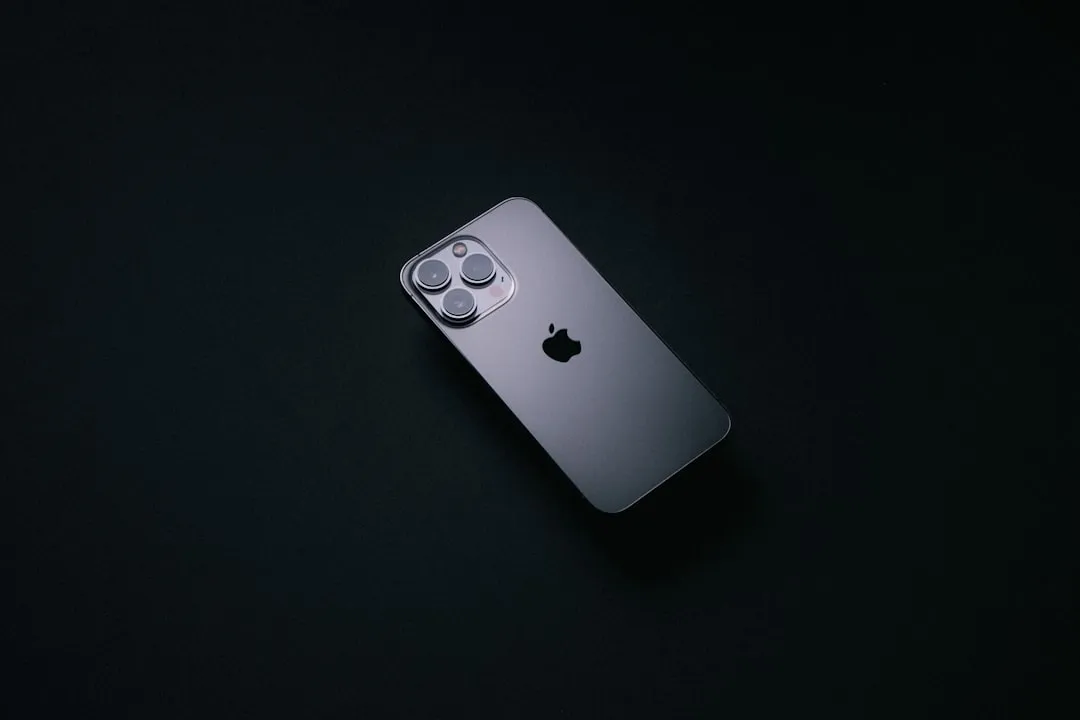
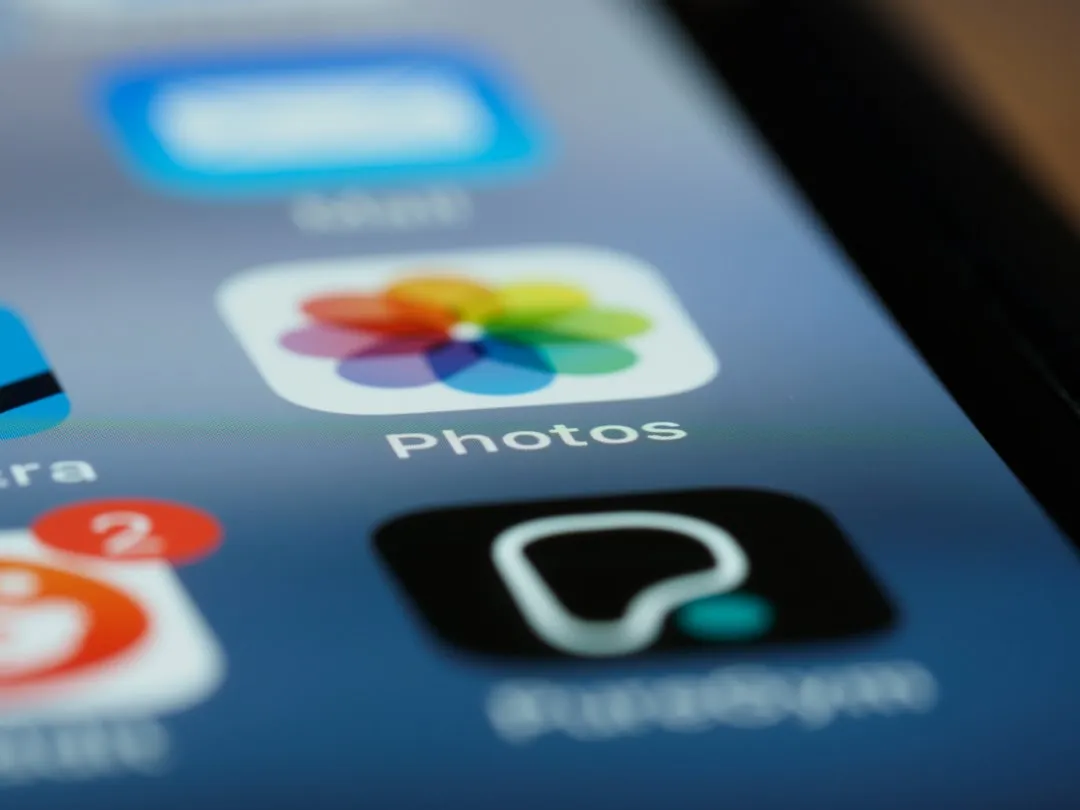
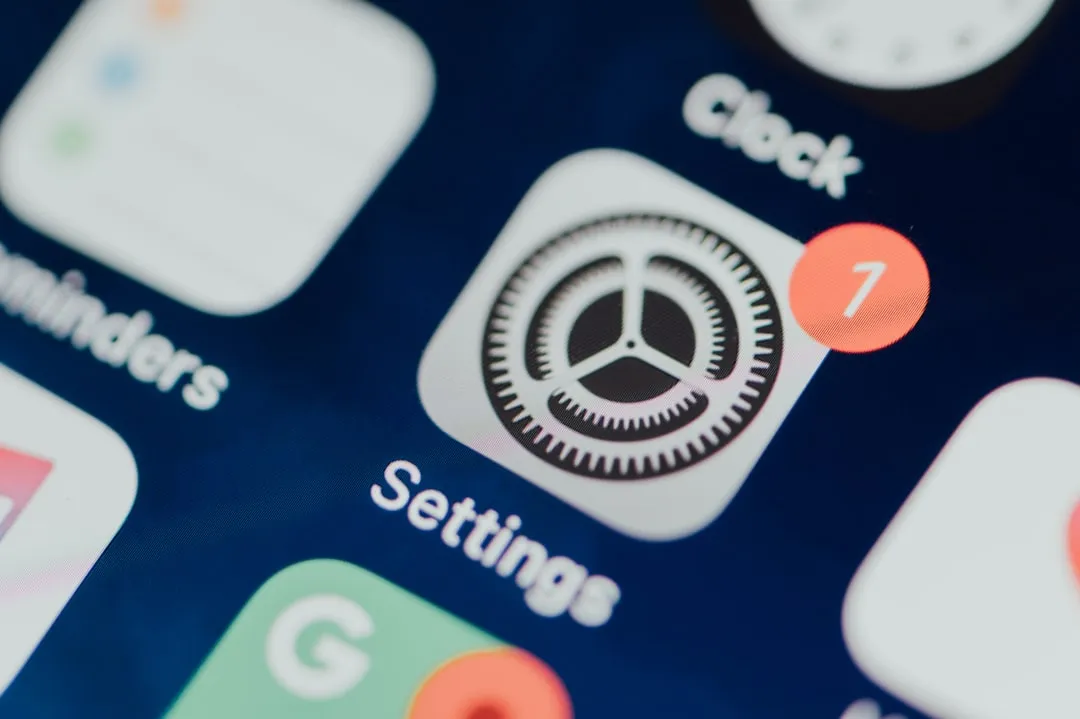
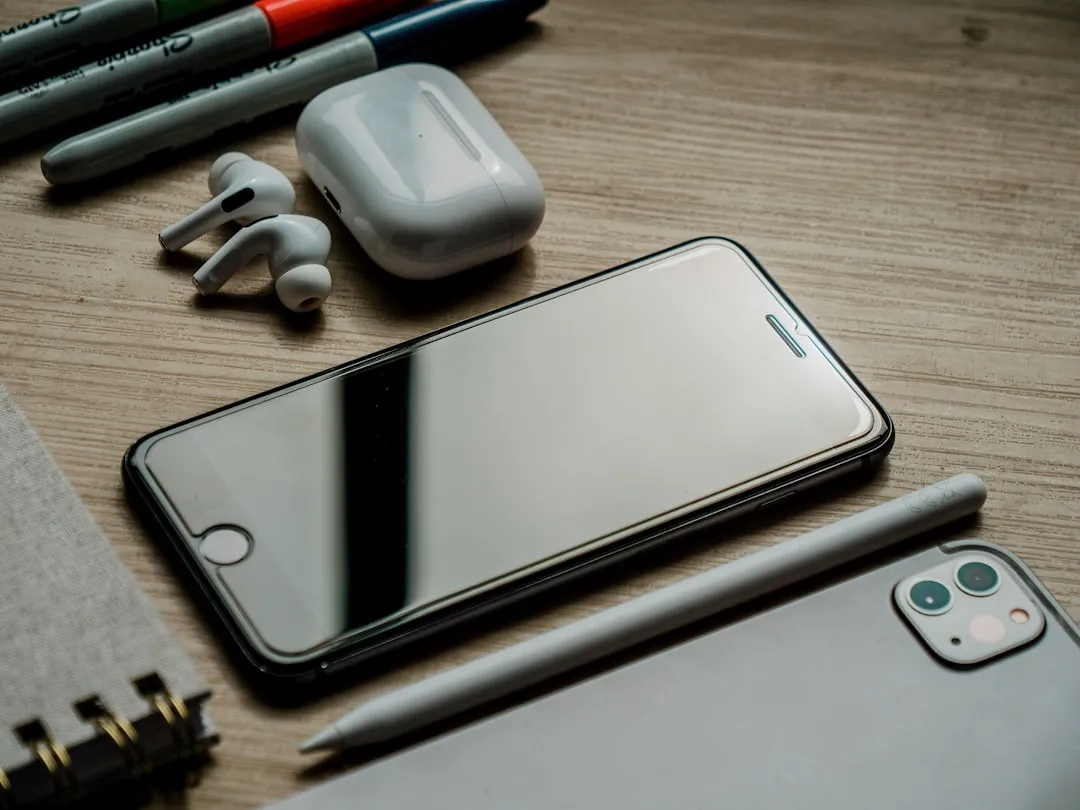
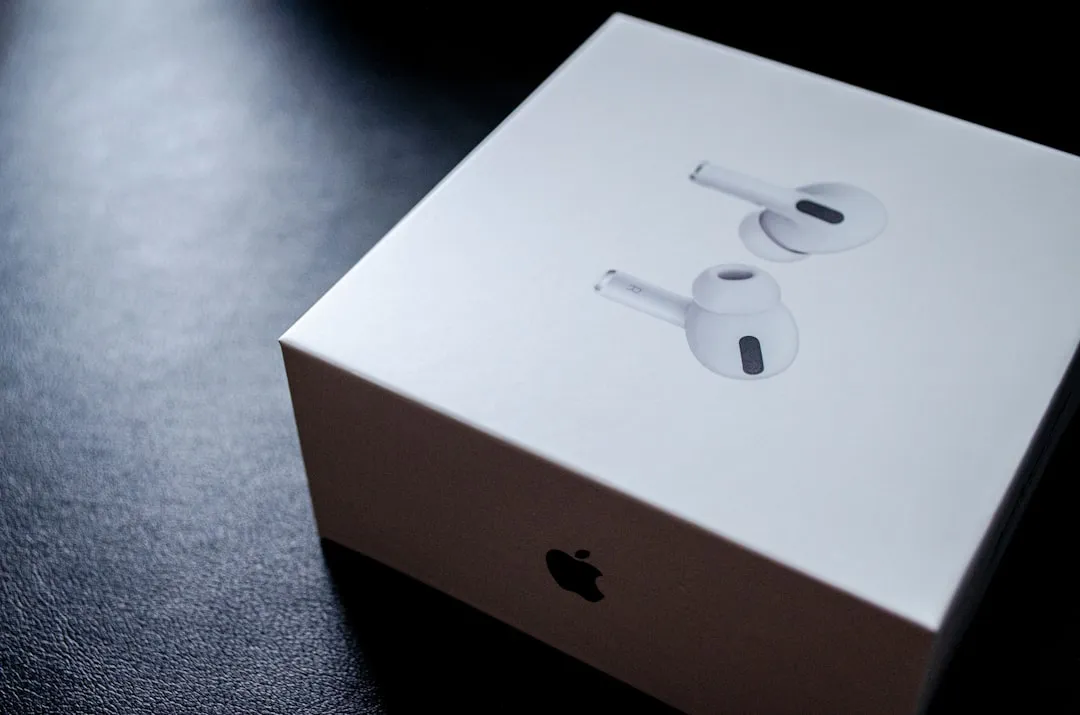
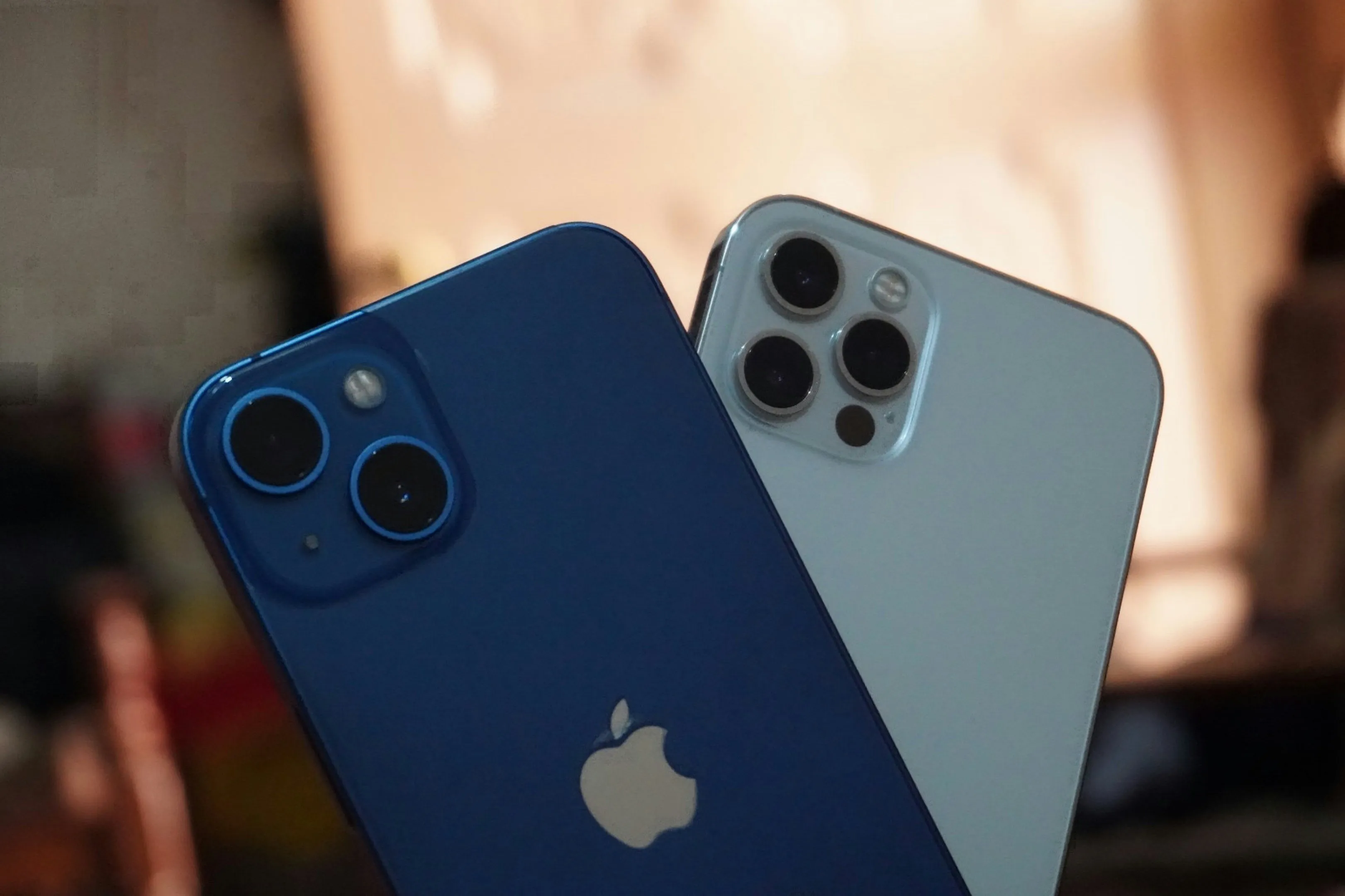
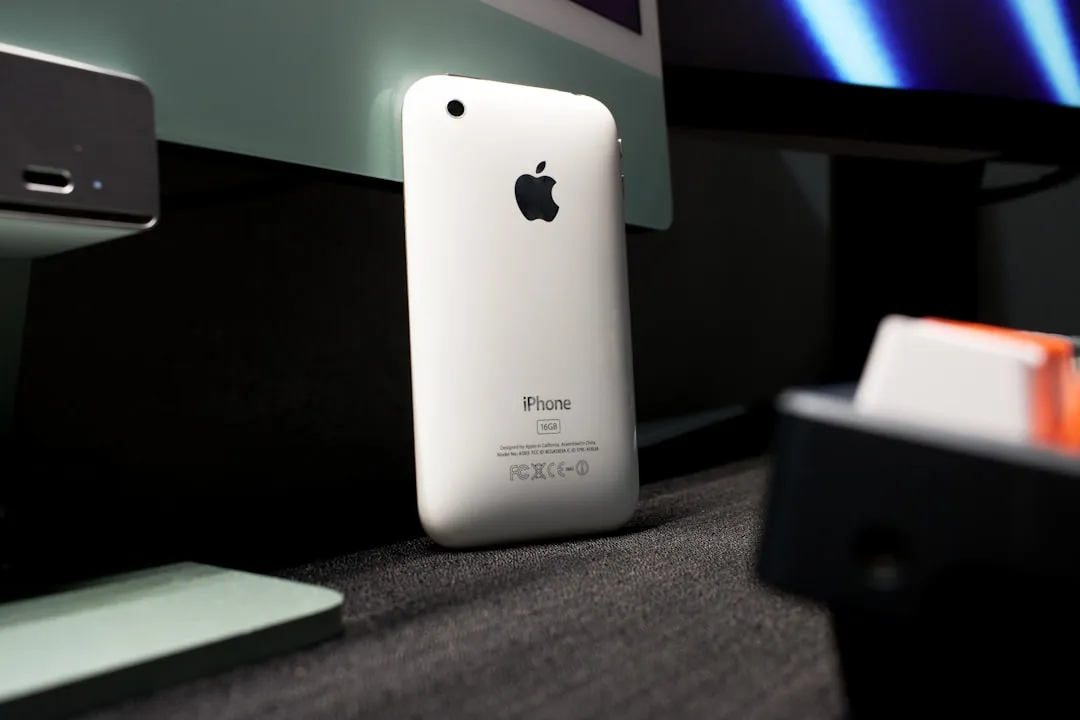
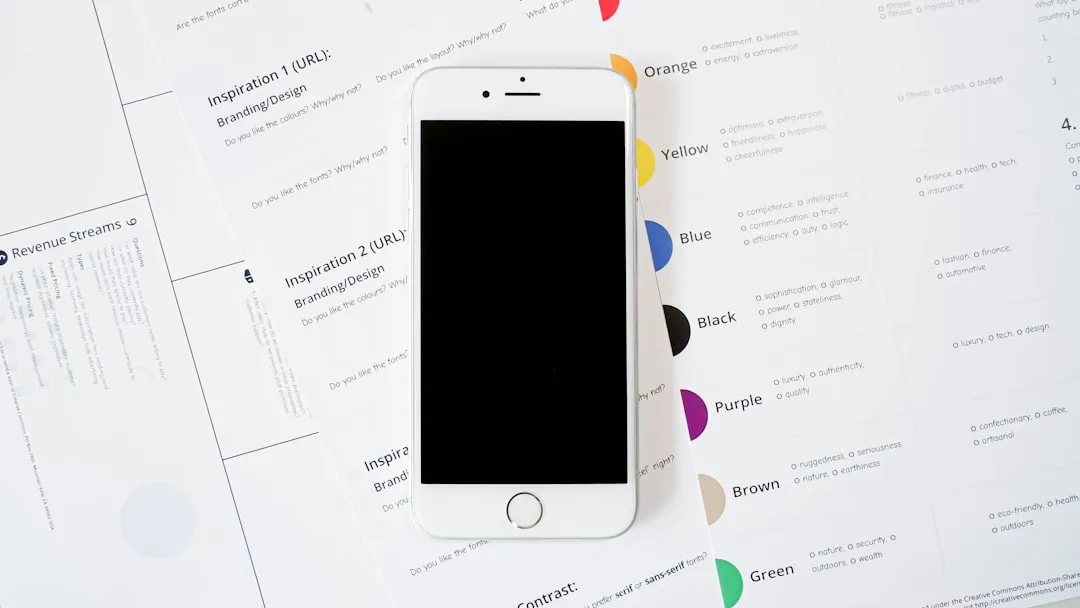
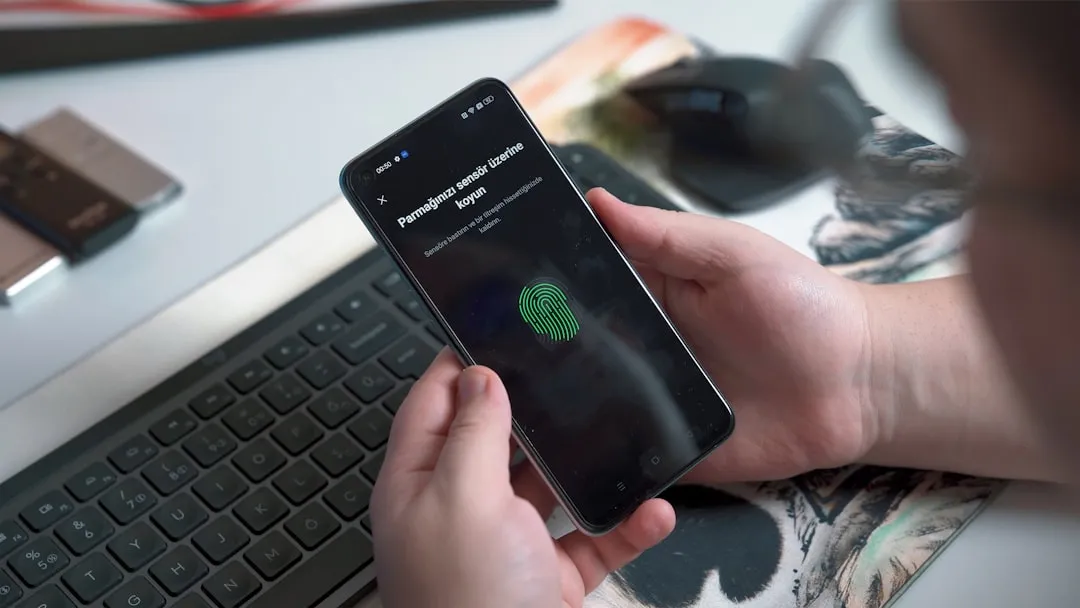
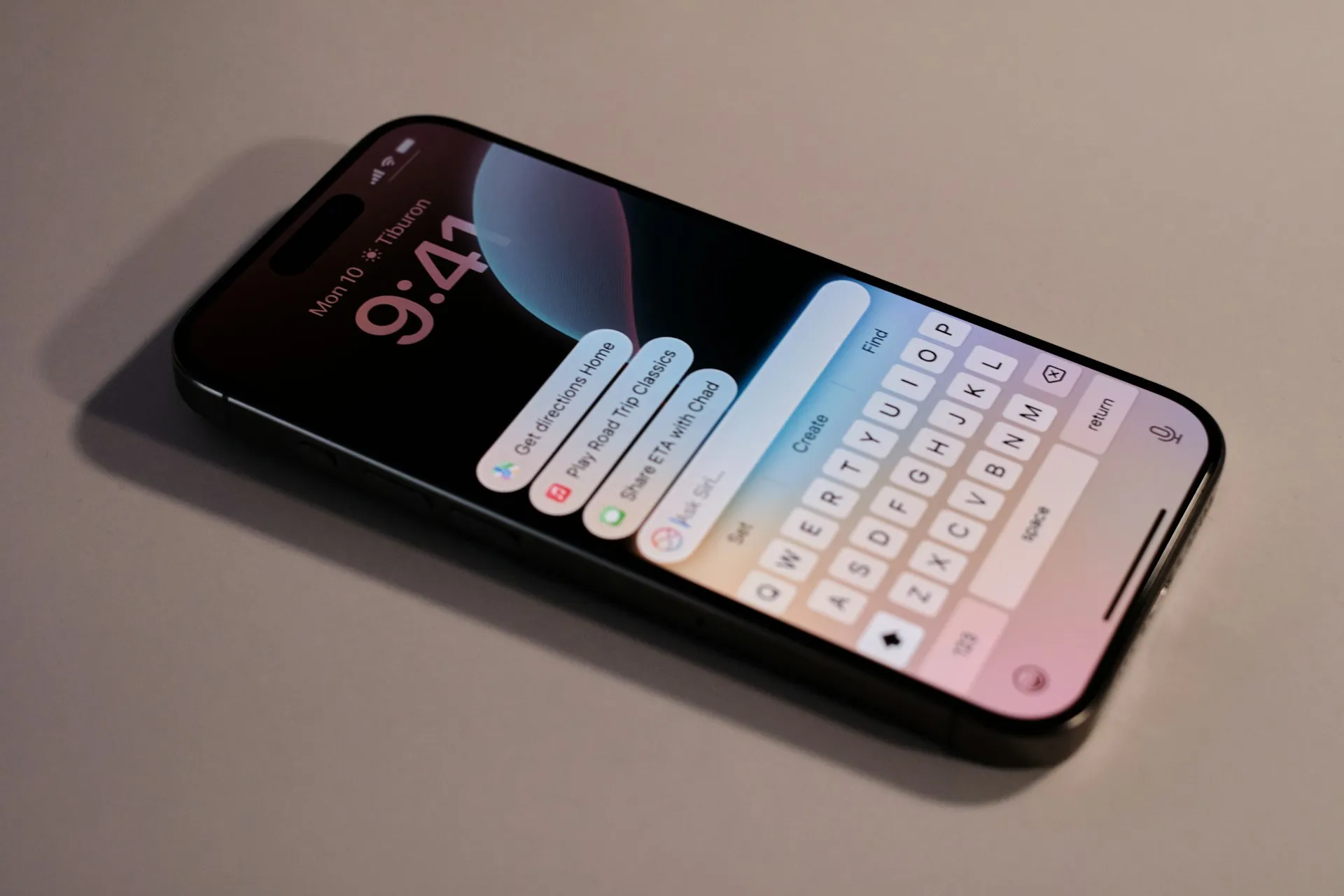

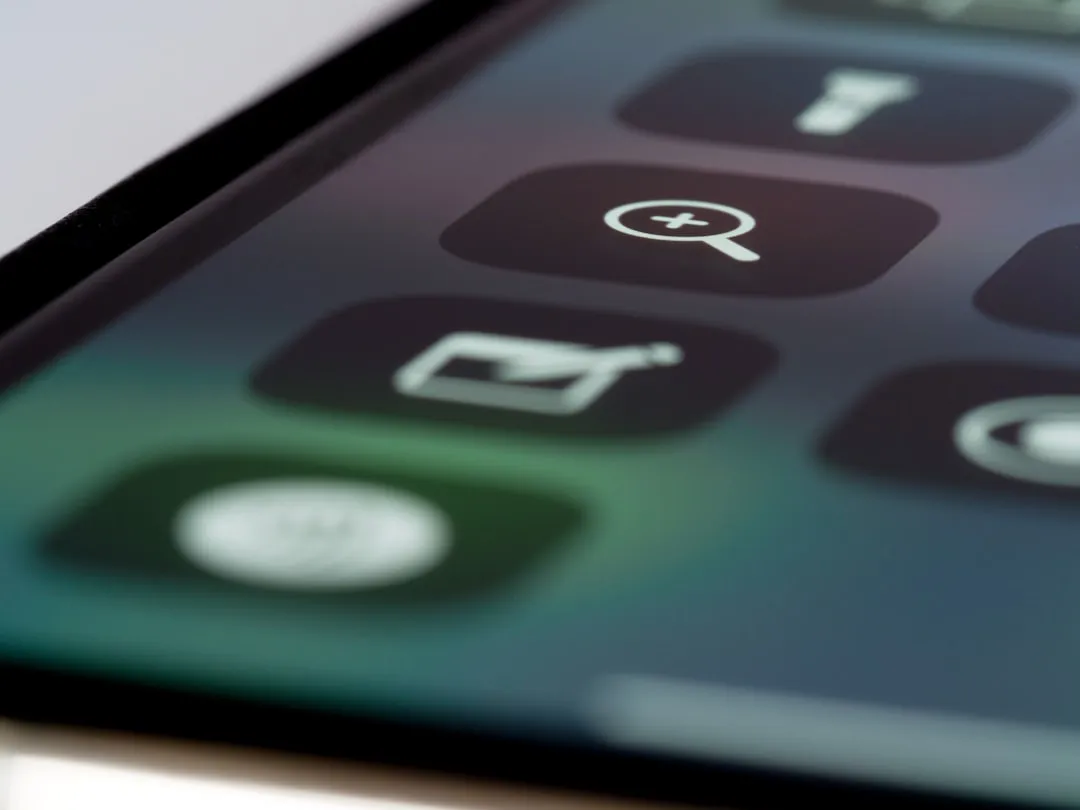
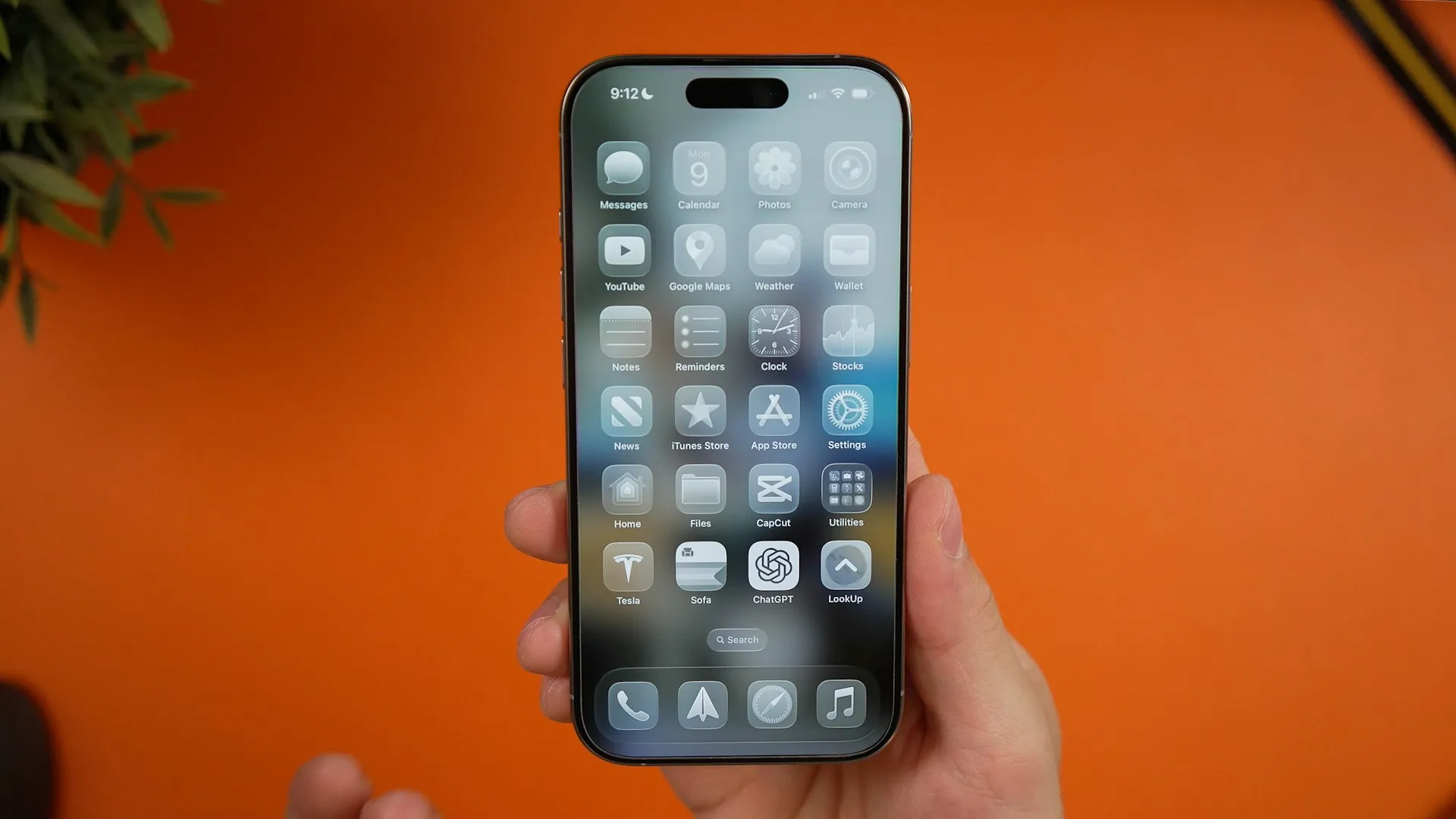
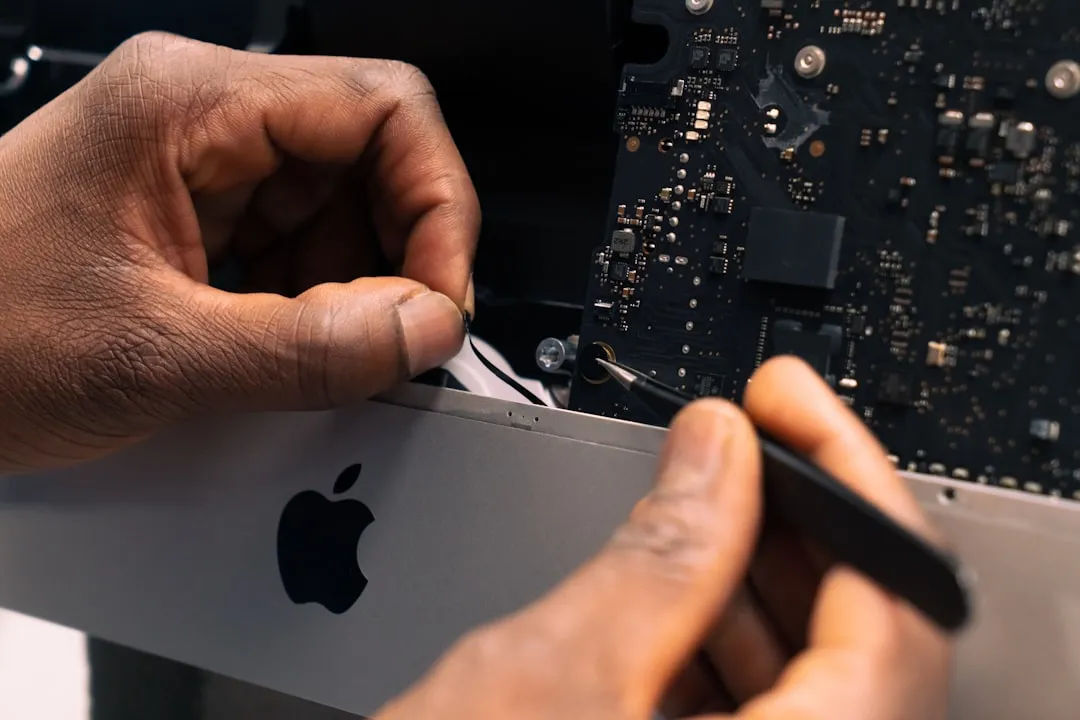
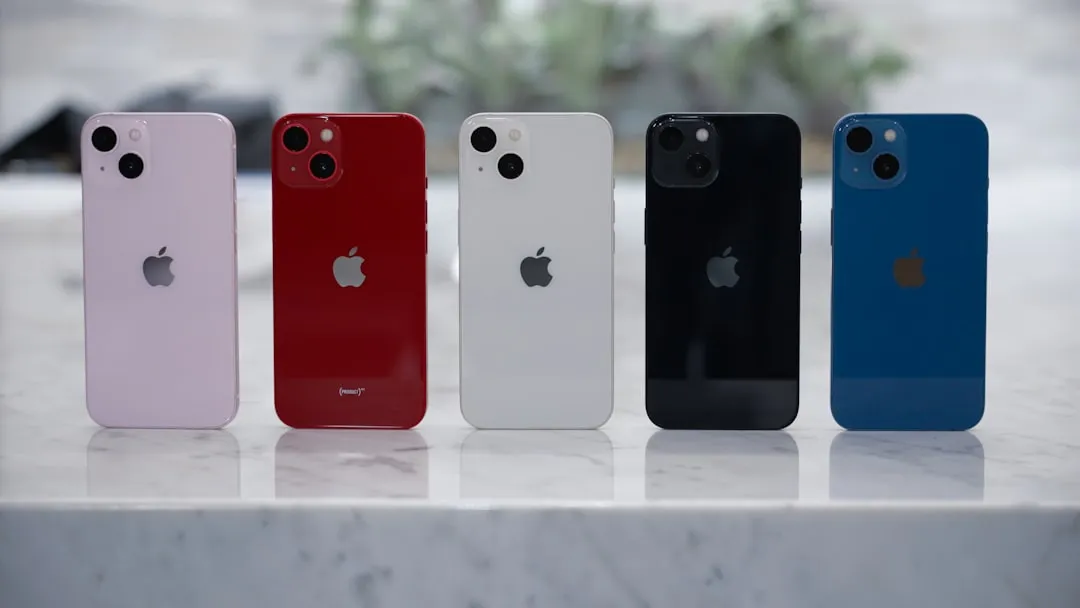
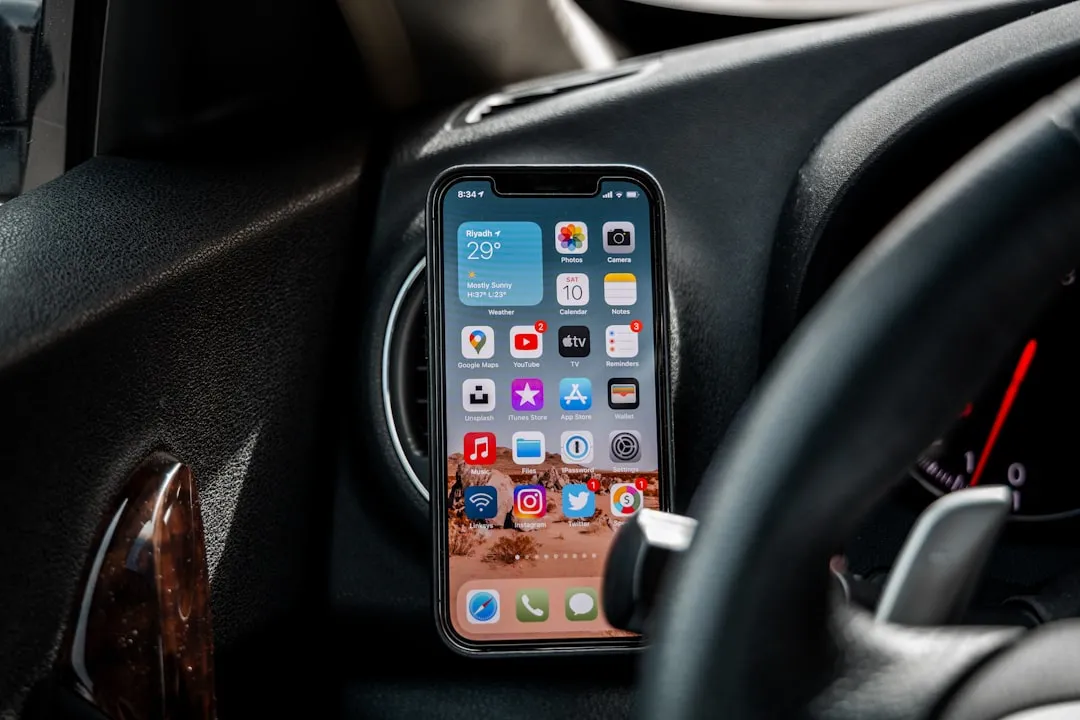

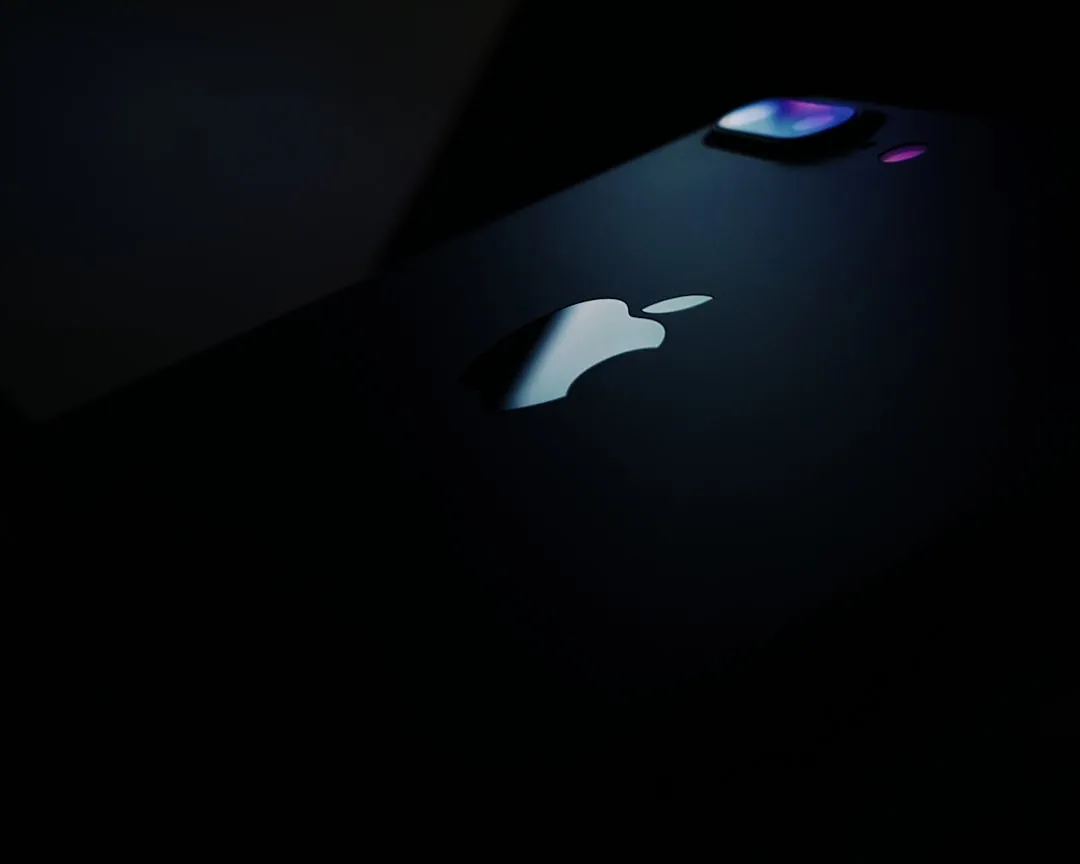
Comments
Be the first, drop a comment!